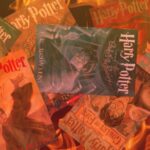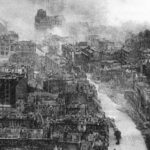The CrimeReads editors select the best noir fiction of 2021.
*
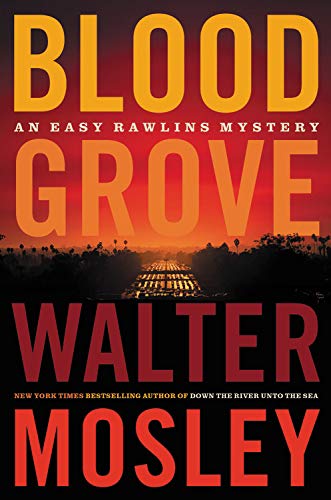
Walter Mosley, Blood Grove
(Mulholland)
Mosley’s latest, Blood Grove, may just be one of the best novels in an already iconic detective series. A new client, a Vietnam vet with a mysterious story about a possible murder in an orange grove, sets Easy Rawlins down a dark path of SoCal washouts and suffering veterans. Meanwhile Easy’s own family life is undergoing new tensions, when his adopted daughter’s birth father shows up on the scene. Mosley manages to unfurl a genuinely captivating plot that travels a dark odyssey through the subcultures of 1969 LA, while also adding poignant new depth to the stories of long-running characters. Blood Grove is as satisfying as noir gets. –Dwyer Murphy, CrimeReads Editor-in-Chief

Laura McHugh, What’s Done in Darkness
(Random House)
What’s Done in Darkness is a stunning rural noir about disappearing girls who never officially existed. 17-year-old Sarabeth hates her rural Arkansas home and strict religious household. When she’s abducted, held for a week, then released by an unknown assailant and found wandering on the side of the road, she takes the opportunity to finally escape her family’s endless rules. But when another girl goes missing, Sarabeth must journey into the darkest parts of her past to go find her. Rural noir has long been a male-coded subgenre, and I’m hoping that What’s Done in Darkness signals a shift towards more inclusive storytelling. –Molly Odintz, CrimeReads Senior Editor
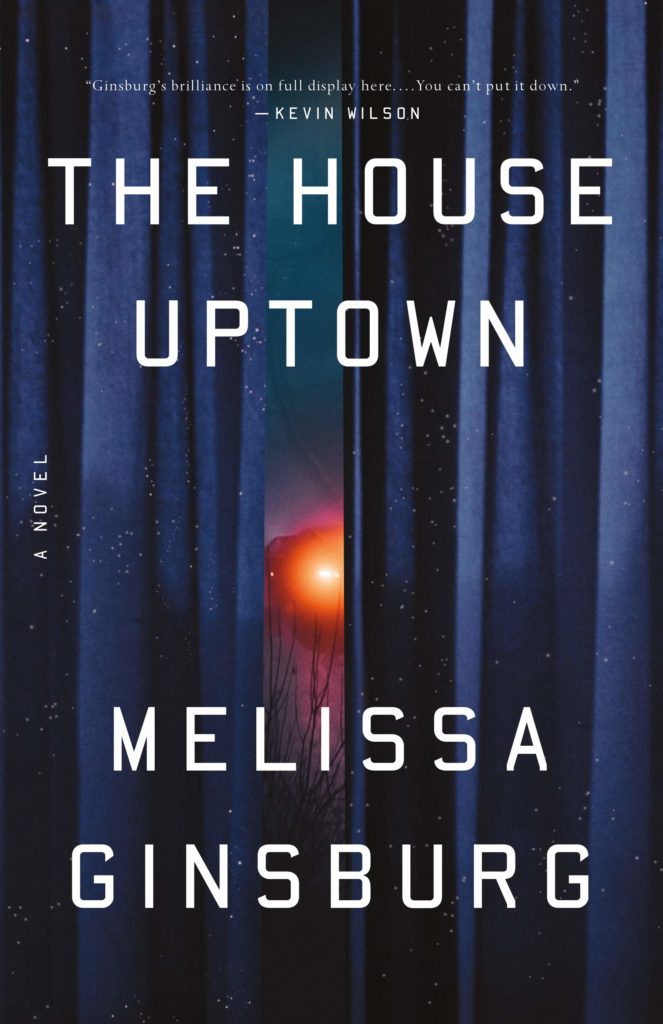
Melissa Ginsburg, The House Uptown
(Flatiron)
In The House Uptown, Ava, a fourteen year old girl recovering from the shock of her mother’s death travels to New Orleans to live with her grandmother, Lane, a local artist who channels a good portion of the city’s more eccentric history. The intergenerational relationship is tense from the start, and soon the close quarters begin buckling under the weight of history, an evolution Ginsburg handles with real subtlety, bringing out gothic tones and hints of Southern noir that heighten and complicate the family dynamics. The House Uptown is a powerful coming-of-age novel and a thoughtful portrait of one of the world’s great cities. –DM
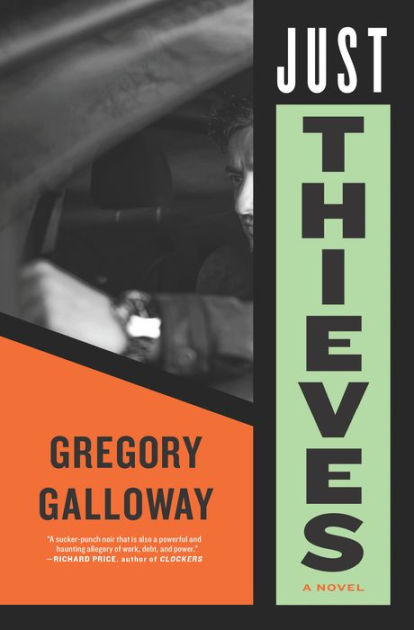
Gregory Galloway, Just Thieves
(Melville House)
Gregory Galloway’s stunning debut is as noir as they come. In this bleak tale, two former addicts, now working as professional housebreakers, are ordered to take an object from a home that appears to be worth far more than their usual acquisitions, judging by the interest in recovering it alone. Just Thieves has a classic set-up of “starts bad, gets worse”. Plus, this one has the most inspired use of a macguffin since The Maltese Falcon. -MO
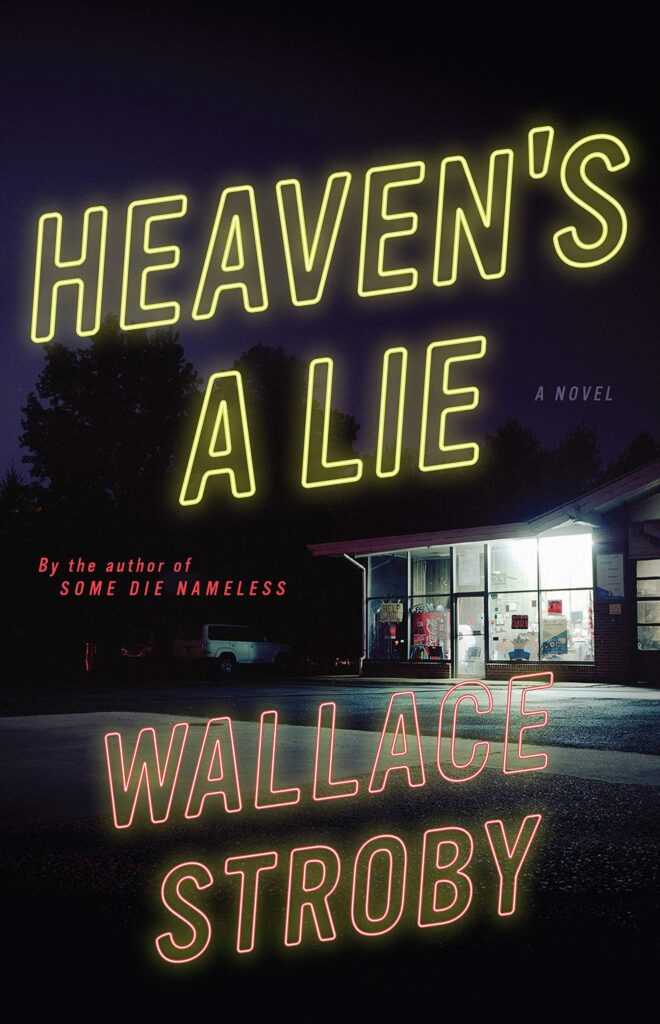
Wallace Stroby, Heaven’s a Lie
(Mulholland)
Stroby’s latest is a heart-pounding story of desperation and survival. A woman on the Jersey Shore with bills to pay and plenty of life trouble witnesses a car accident, and from the wreckage she pulls out a briefcase filled with $300,000. The decision to take the money—she has her mother’s medical bills to worry about—proves fateful, as it pits her against a local drug dealer with a maniacal determination to get back what was his. Stroby sets the scene perfectly, and as the momentum ratchets up you’ll find you just can’t stop reading until the bitter end. –DM
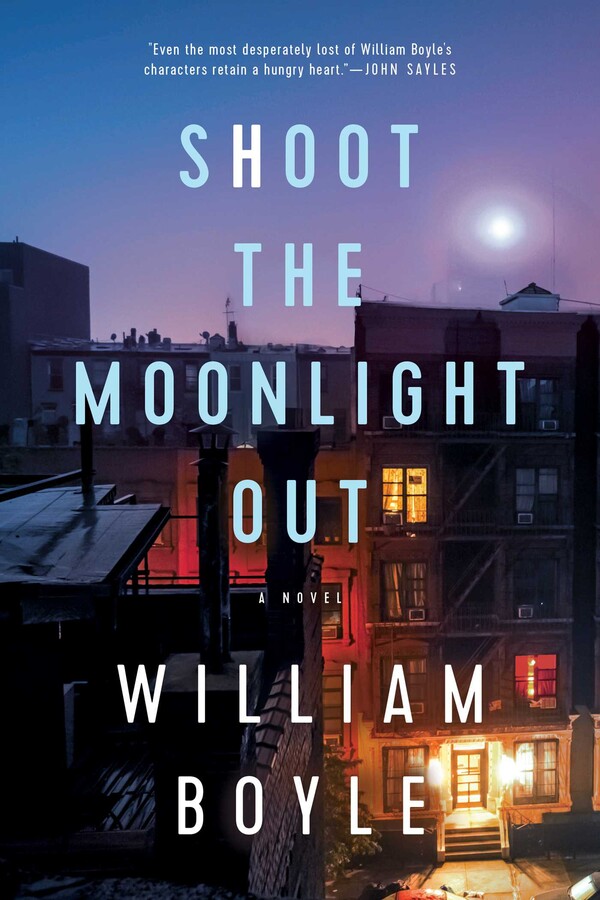
William Boyle, Shoot the Moonlight Out
(Pegasus)
Boyle’s latest novel is a kaleidoscopic vision of life in South Brooklyn, shifting between timelines and perspectives to bring together a swirling, fate-laced story of modern New York. Boyle’s work is keeping a very particular strand of the noir legacy alive, and with each new book he adds another piece to New York City’s rich literary history. Shoot the Moonlight Out is one of his best stories to date, an ambitious take on crime and tragedy in South Brooklyn. –DM

Chris Offutt, Killing Hills
(Grove)
Offutt is overdue for a new breakout novel, and The Killing Hills may just be it, part southern gothic, part searching, seething portrait of loss and betrayal, and part an entertaining offshoot of the world of Justified. It’s set in the Kentucky hills, and when a military CID is enlisted by his sister, the town’s new sheriff, to help out with a shadowy homicide investigation, all hell breaks loose. A story full of feuds, rivalries, and crimes hiding in plain sight, The Killing Hills is as poignant and powerful as they come. –DM
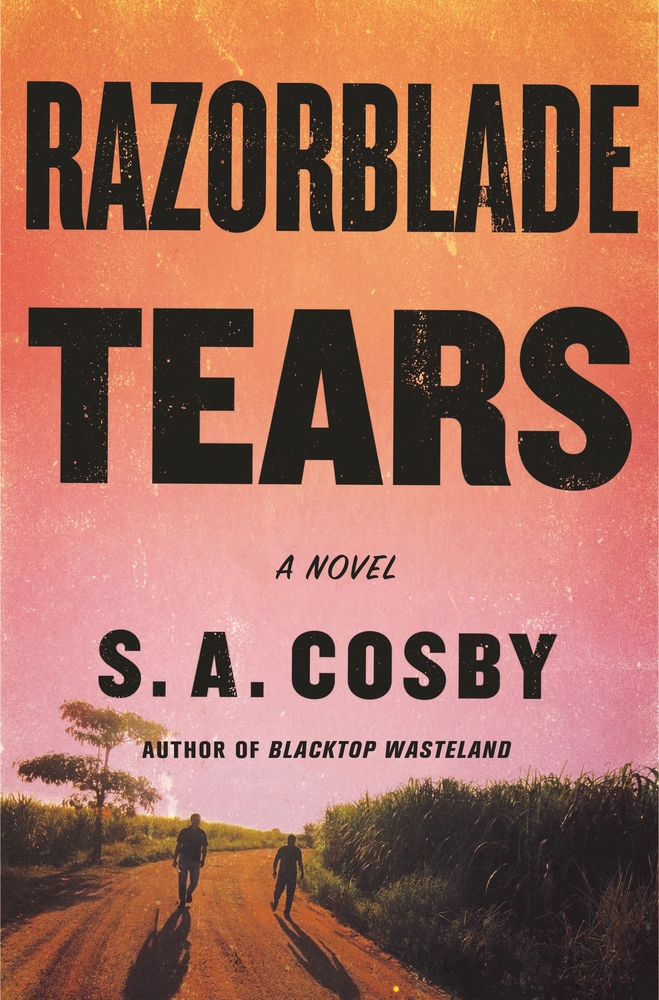
S.A. Cosby, Razorblade Tears
(Flatiron)
S.A. Cosby blew us away with last year’s searing heist thriller/rural noir Blacktop Wasteland, and with Razorblade Tears he’s done it again. In a heartbreaking tale of love, murder, vengeance, and acceptance, two ex-cons, one Black and one white, team up to find those responsible for the death of their sons, who were married to each other. Both fathers are grieving not only for their lost loved ones, but for their inability to overcome their own homophobia while their sons were still alive. And as they seek revenge, they also find a new path towards tolerance. Shattering and beautiful, this is a must-read for genre and literary fiction fans alike. –MO
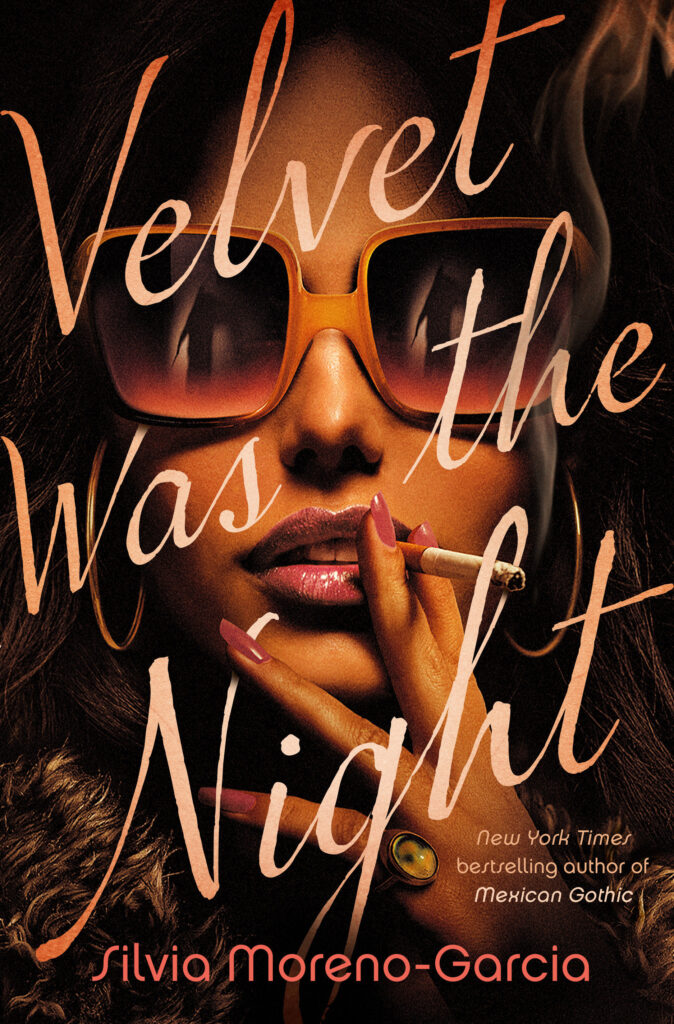
Silvia Moreno-Garcia, Velvet Was the Night
(Del Rey)
Sylvia Moreno-Garcia dazzled me with her fungal-punk horror novel Mexican Gothic, and I couldn’t wait to dive into her 1970s-set political noir. Velvet Was The Night is a new twist on the classic set-up of Ordinary Person Caught Up in Extraordinary Circumstances. Maite is a secretary whose only passion in life is reading romance magazines—at least, until her beautiful neighbor Leonora dumps her cat on Maite, then disappears entirely. On the hunt for Leonora to return the cat, Maite finds herself pulled into the student movement and leftist politics, as bloody right wing enforcers also search for the missing student, and grow increasingly interested in Maite herself. Brutal, stylish, and infused with the passions of the times, Velvet Was the Night is a perfect political thriller. –MO
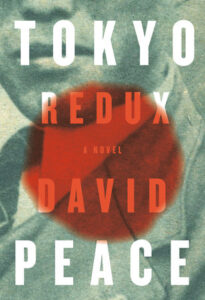
David Peace, Tokyo Redux
(Knopf)
David Peace first stole my shrunken noir heart with his epic Red Riding Quartet, described by Adrian McKinty as full of “his defiant northerness”. Peace, a longtime resident of Tokyo, has also been working for over a decade on a series of novels capturing Japan in flux just after the end of WWII. Now, with the intense addition of Tokyo Redux, this second cycle is also complete, and what a satisfying experience it is to read all of them together. –MO
___________________________________
NOTABLE SELECTIONS
___________________________________
Thomas Perry, The Left-Handed Twin (Mysterious Press) · Tod Goldberg, The Low Desert (Counterpoint) · John Galligan, Bad Moon Rising (Atria) · Heather Levy, Walking Through Needles (Polis) · Ace Atkins, The Heathens (Putnam) · Leonardo Padura (transl Anna Kushner), The Transparency of Time (FSG) · Cynthia Pelayo, Children of Chicago (Agora) · Sara Davis, The Scapegoat (FSG) · Kwei Quartey, Sleep Well, My Lady (Soho) · Chris Power, A Lonely Man (FSG) · David Gordon, Against the Law (Mysterious Press) · Stephen King, Later (Hard Case Crime) · Nekesa Afia, Dead Dead Girls (Berkley) · Josh Stallings, Tricky (Agora) · Maria Hummel, Lessons in Red (Counterpoint) · Caroline Kepnes, You Love Me (Random House) · Sifiso Mzobe, Young Blood (Catalyst Press) · Robert Reuland, Brooklyn Supreme (Overlook) · Kat Rosenfeld, No One Will Miss Her (William Morrow) · John Banville, April in Spain (Hanover Square Press) · Stephen Mack Jones, Dead of Winter (Soho) ·












